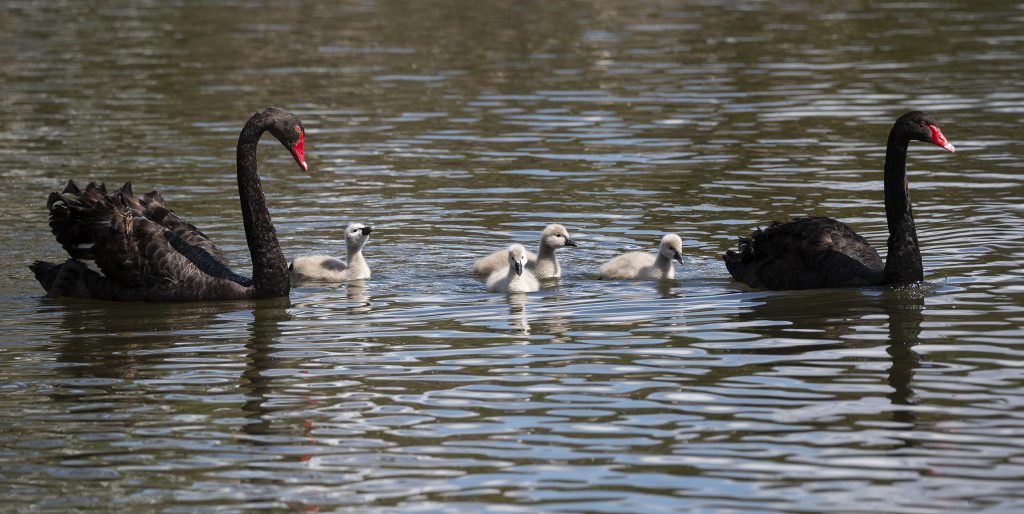There are numerous historical examples of how the once male-dominated world of biological sciences imposed its gender bias onto the animal kingdom. One only has to go back a couple of decades to find examples where scientists were blind to the incredible diversity of gendered behaviour amongst non-human species.
Thankfully, with more women in the sciences, and an increasingly secular western culture, there has been a gradual shift away from the patriarchal mindset. More nuanced contemporary observations are demonstrating just how gloriously diverse the animal kingdom is, thus challenging science’s historical obsession with nuclear families and male supremacy. Here are some local examples.
It was long assumed that the dominant pair of fairy wrens in a flock were monogamous. We now know that these little balls of feather are amongst our most promiscuous birds.

Cooperative breeding in many bird species such as kookaburras, babblers, bee-eaters and moorhens, explodes the nuclear family model.
Even the function of genes in determining sexual orientation has recently received an upper cut to the chin. Temperature-dependent sex-determination in some reptiles, such as our bearded dragons, results in animals with the full compliment of male genes hatching out as functioning, egg-laying females. That’s right, at minimally higher temperatures, all bearded dragon eggs hatch into reproducing females regardless of their genetic makeup. Wild, eh?

Furthermore, we can no longer pretend that same-sex attraction is either aberrant or human-centric. Black swans provide a wonderful example of how nature embraces LGBTIQ diversity.
Adult swans seem to pair for life. Indeed, studies have shown that their divorce rate is just six percent, which is a whole lot better than we humans can manage. But here’s the rub. A quarter of adult black swans are in same-sex relationships, nearly always male with male. These homosexual swans have been known to take over nests of heterosexual couples and raise the adopted cygnets as their own. The usurped heterosexual couple generally just build a new nest and lay more eggs.

But there’s another version of this story. Sometimes one of the male-male pair will actually copulate with a female swan. Then, when her eggs are laid, both males chase her off the nest so they can raise the cygnets.

In a further twist, scientists have noted that cygnets raised by same-sex couples have a higher survival rate than those raised by heterosexual couples. That would suggest an evolutionary advantage to swans forming same-sex relationships. Is it that male swans are better at driving off predators, or are they simply better parents?
Whatever the case, it lends a decidedly inclusive edge to our understanding of animal behaviour, with same-sex relationships far more common than a ‘black swan event’.

